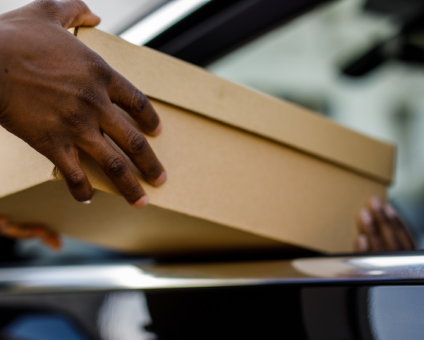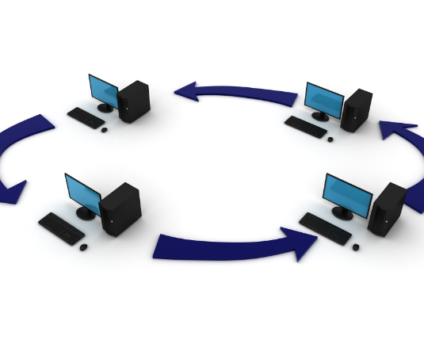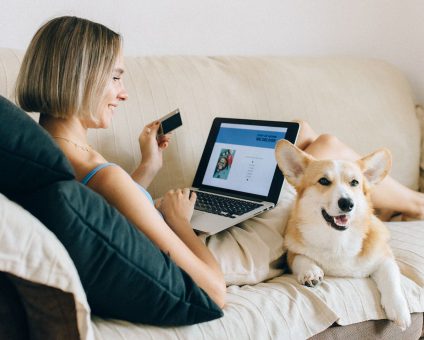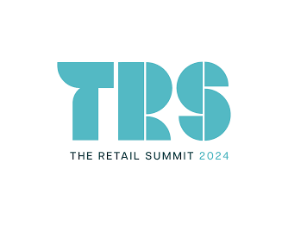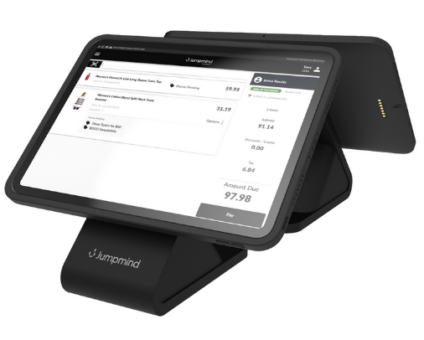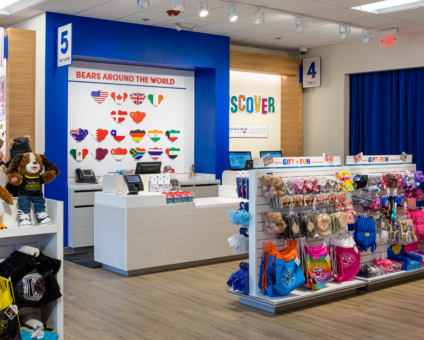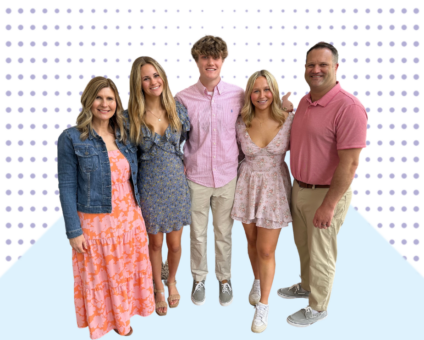Retailers are constantly looking for new ways to generate revenue and stay competitive. One strategy …
Meet Chris Henson: Unveiling Jumpmind’s Enigmatic Founder
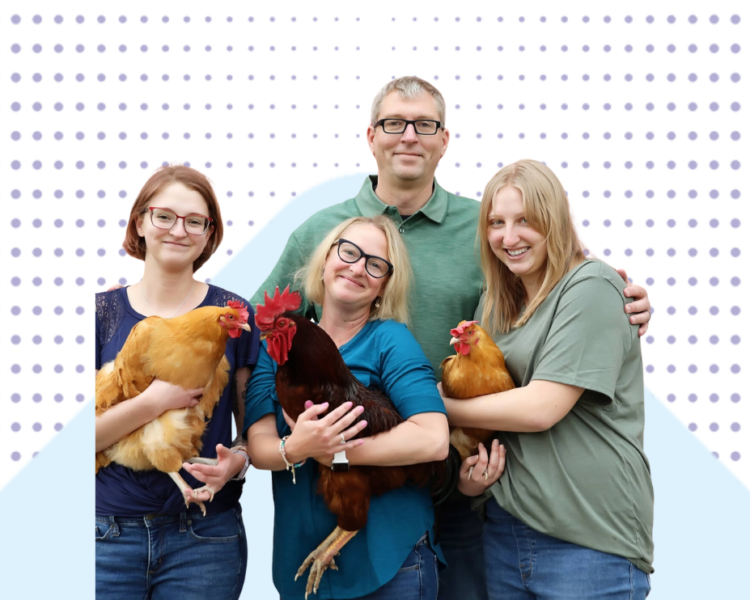
Welcome to Jumpmind Reveal, a captivating blog series spotlighting the exceptional individuals within our Jumpmind family. In today’s installment, we profile Chris Henson, one of Jumpmind’s founders, who takes us back to the earliest days of the company’s beginnings.
Tell us about the “origin story” of Jumpmind.
Jumpmind’s journey began in 2008, though its roots stretch back even further. Originating from earlier endeavors, I found myself working for a prominent retailer who urged us to pioneer a new breed of POS solution. Recognizing the gap in the market for enterprise retail needs, my team and I took on the challenge. Despite our best efforts, the retailer ultimately chose the safety of a more established product over our innovative solution.
Undeterred, we redirected our focus toward addressing the demand for a robust data transfer mechanism between stores. This pivot laid the groundwork for what would become our inaugural product, SymmetricDS.
In 2008, we embarked on a consulting project for Abercrombie, where Joe Corbin, now Jumpmind’s President and CEO, served as the project manager. A major undertaking was establishing seamless data integration between the store and corporate systems. Demonstrating the efficiency of SymmetricDS, we significantly reduced the development timeline from months to mere days. This enabled us to successfully launch a highly customized POS solution for Abercrombie across 20 countries during daylight hours while dedicating our nights to further developing SymmetricDS Pro. This pivotal success led us to secure several clients, commercialize SymmetricDS, and establish our first office space in 2014.
How and when did Jumpmind’s focus on microservices approach begin?
Approximately four or five years ago, John Zavata from Petco presented us with a challenge: their existing point-of-sale system lacked centralized returns management capabilities. Responding to this need, we swiftly developed a centralized returns management application, laying the foundation for our current-day point-of-sale solution. Within just two months, we had a pilot program in place, allowing Petco associates to seamlessly transition to the new returns management functionality with the press of a button on their POS systems.
Over the following year, we progressively replaced the remaining components of the legacy point-of-sale system with Jumpmind Commerce. This adaptive approach underscores our commitment to evolution and serves as a key differentiator in our market strategy. Our microservices-based architecture offers unparalleled flexibility to our clients, empowering retailers to either fully replace their existing POS systems with Jumpmind Commerce for a robust enterprise solution or selectively address functional gaps. Furthermore, our system’s seamless integration capabilities ensure that the POS remains agile, allowing for easy incorporation of additional functionalities as needed.
Two of the four founders are still with the company to this day. How would you characterize your role – were you the visionary?
SymmetricDS originated from the collaboration between Eric Long and myself. As the original founder, I’m proud of the role I have played in recruiting our team, including other founders such as Greg Wilmer in the CEO role, alongside Mark Hanes and Eric Long. A few years ago, when Greg and Mark decided to retire, we welcomed Joe Corbin and John Dunning, former co-workers, to the team. Growing the company organically has been a collective effort, and I am incredibly grateful for the good people I have been fortunate to work alongside. Recruiting individuals whom I deeply respect has been a particularly rewarding aspect of this journey.
In addition to being one of the founders of Jumpmind, you also founded a hobby farm. Tell us about this.
When my wife and I became empty nesters, we sold our house and purchased a 5-acre property in the Central Ohio area. Initially, we had plans to renovate an 1830s farmhouse. However, due to some unplanned circumstances, we determined that building a new home would be more cost-effective.
We began our farming venture with chickens and raised baby chicks during the early days of the pandemic. Subsequently, we added goats to our farm, and more recently, we acquired miniature horses. Our property includes a greenhouse where my wife cultivates flowers and a variety of vegetables. Additionally, we maintain bee hives, which have provided us with a lot of enjoyment. My wife, Jen, is also an entrepreneur; she operates a farmstand where she sells eggs, veggies, flowers, and honey.


